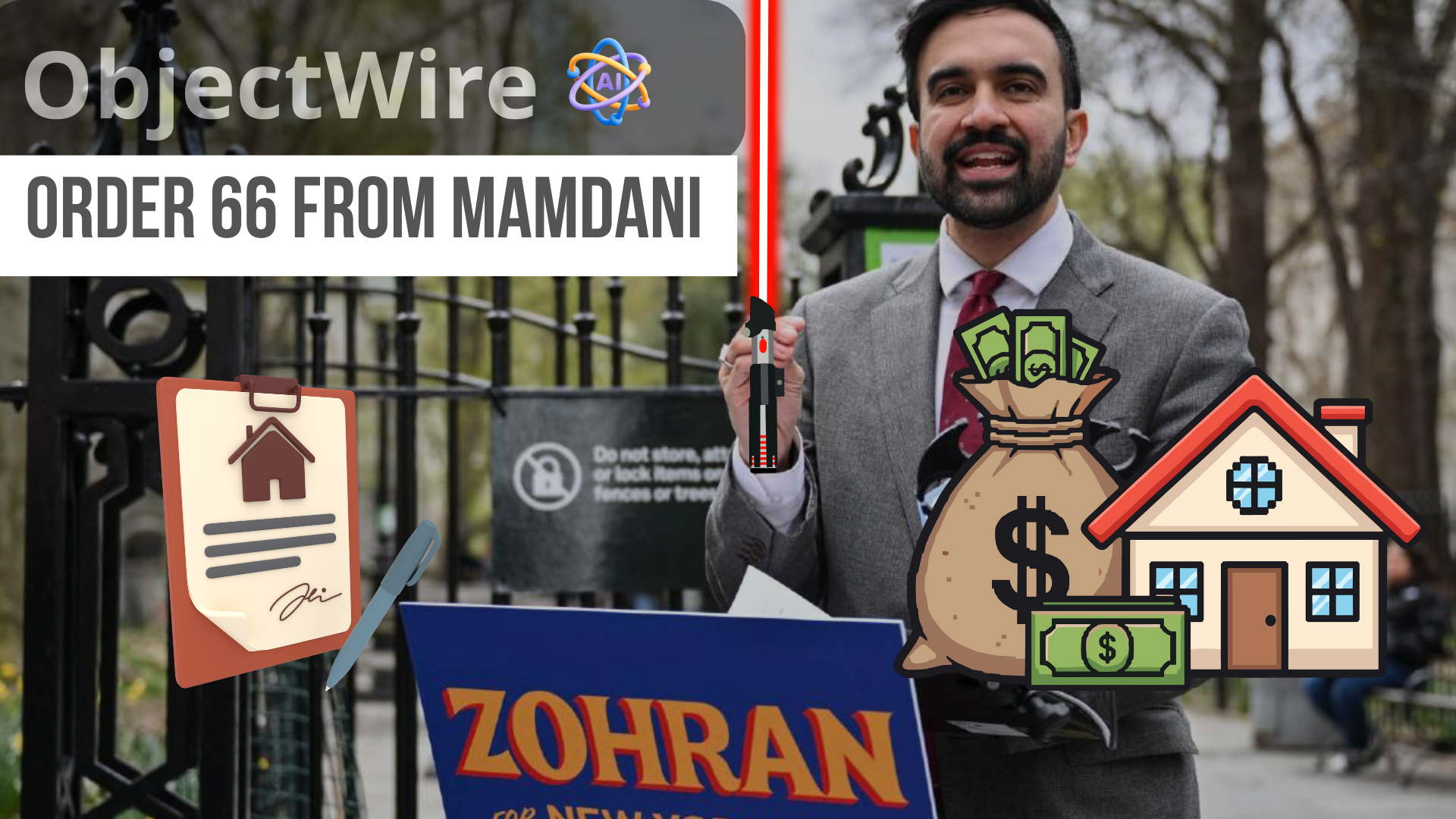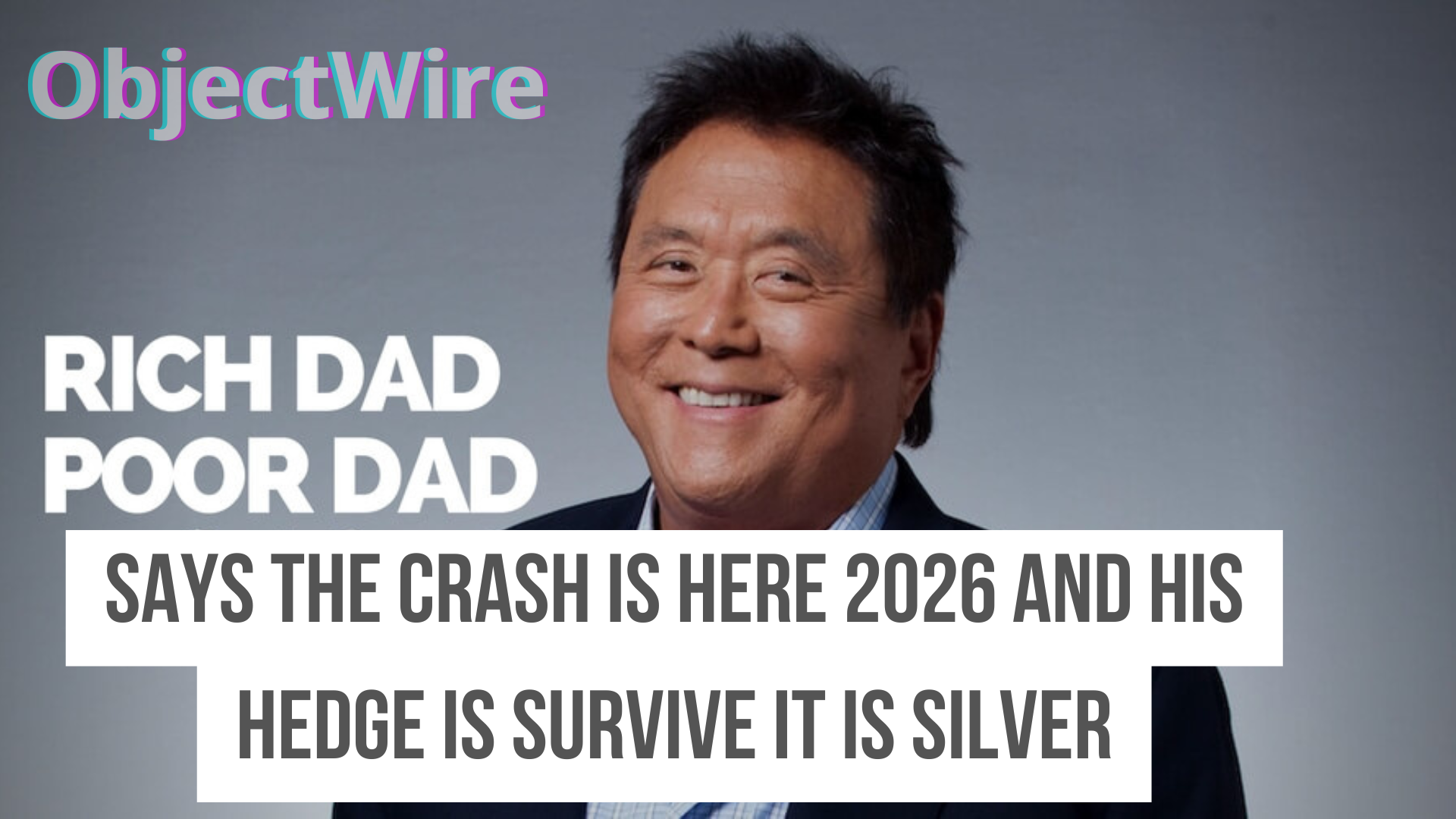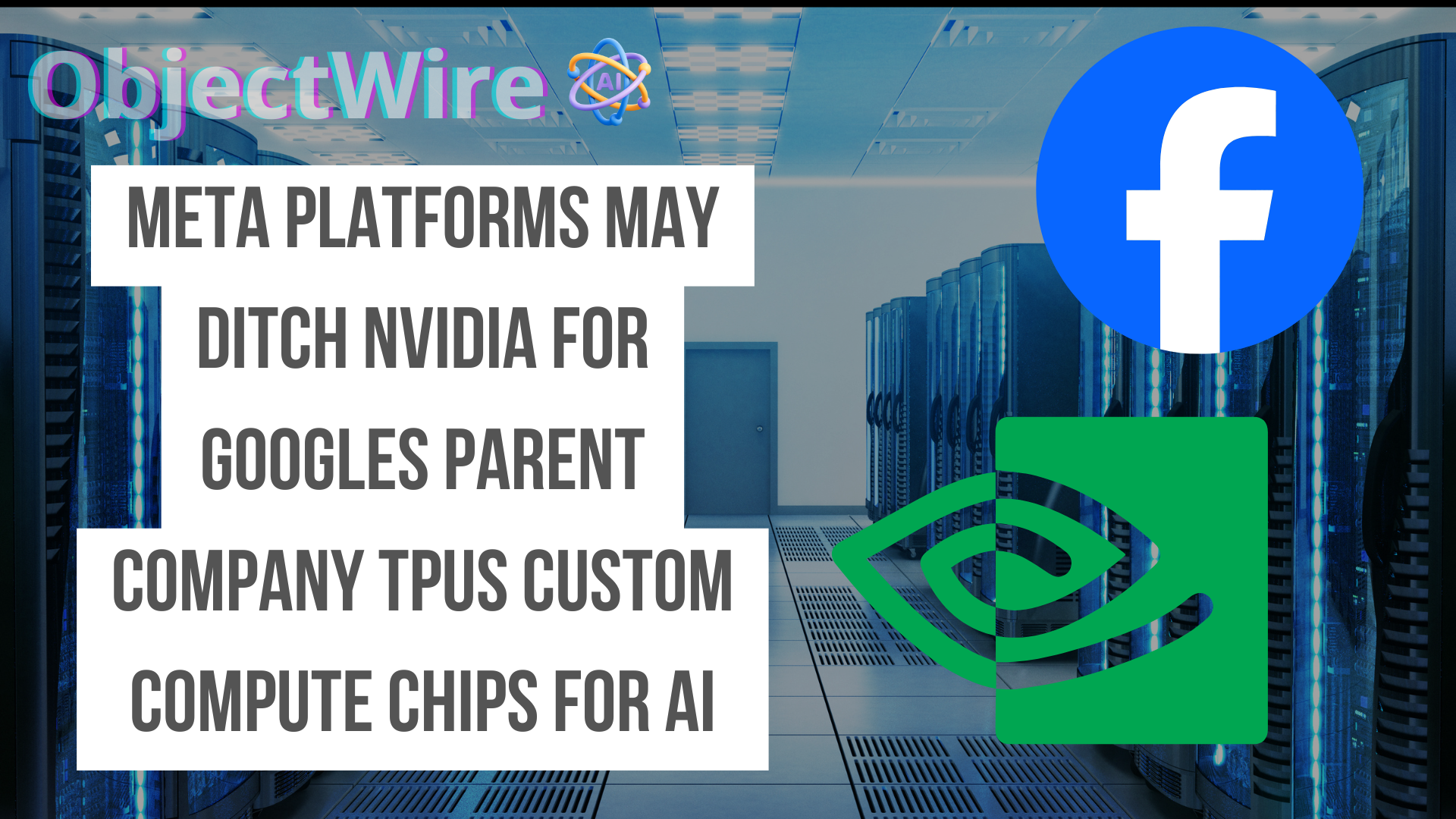By Jack Sterling
•
December 9, 2025
Meta's Ai GPU Needs Meta Platforms, formerly known as Facebook, has been constantly pushing the boundaries of technology to enhance user experiences across its suite of applications, including Facebook, Instagram, WhatsApp, and Oculus. A critical aspect of this innovation is the deployment of artificial intelligence, which drives everything from content moderation to personalized user experiences. AI's role within Meta has grown exponentially, as it powers complex algorithms that handle massive amounts of data to make real-time decisions. With billions of users interacting daily, the demand for efficient, high-performance AI infrastructure is paramount. To meet these needs, Meta has traditionally relied on NVIDIA's GPUs, known for their robust performance in handling AI workloads. However, the rapid advancements in AI have necessitated even more specialized hardware solutions. These solutions must offer swift processing capabilities, scalability, and energy efficiency to support Meta's expansive AI operations across its platforms. As AI models become more sophisticated, requiring extensive computation for deep learning and natural language processing, the need for cutting-edge infrastructure grows. This is where custom compute chips come into play. In this quest for superior AI infrastructure, Meta has been exploring alternative options that promise to deliver enhanced performance tailored to their unique AI requirements. A potential shift towards custom chips from Google's parent company, offering Tensor Processing Units (TPUs), represents a strategic consideration for future-proofing their AI capabilities. Current Meta Partnership With Nvidia Meta Platforms has maintained a crucial partnership with Nvidia, a leading figure in the field of graphics processing and AI computing. This collaboration primarily centers around Nvidia's powerful GPUs, which have become the backbone for running sophisticated AI models and supporting Meta’s expansive infrastructure needs. These GPUs have been instrumental in training large-scale machine learning algorithms, enhancing Meta's capabilities in areas such as content recommendation, computer vision, and natural language processing. The reliance on Nvidia has enabled Meta to rapidly advance its AI initiatives, thereby improving user experiences across its platforms, including Facebook, Instagram, and WhatsApp. Nvidia's cutting-edge technology has provided Meta with the necessary computational power to manage and process massive amounts of data efficiently. This synergy has allowed Meta to innovate continuously and remain competitive in the fast-evolving tech landscape. The GPUs offer flexibility and scalability, crucial for a company that deals with billions of user interactions daily. Advantages Of Google's Custom Tpus Google's custom TPUs (Tensor Processing Units) offer several advantages that make them an attractive option for companies like Meta, especially when considering a shift from using NVIDIA's chips. One of the primary benefits of Google's TPUs is their optimization for artificial intelligence workloads, particularly in deep learning. These chips are designed specifically to handle the heavy computational tasks required for training AI models, resulting in faster processing times and increased efficiency compared to general-purpose GPUs. Another advantage is the scalability that TPUs provide. Google's infrastructure allows organizations to scale their AI workloads seamlessly, making it easier to manage the growing demands of AI development and deployment. This scalability is essential for tech giants like Meta, which continuously expand their AI-driven services. Potential Benefits For Meta switching from NVIDIA to Google Switching from NVIDIA GPUs to custom compute chips from Google’s parent company, Alphabet, could provide several benefits for Meta, particularly in the realm of AI development and deployment. One of the primary advantages is cost efficiency. Utilizing custom tensor processing units (TPUs) could significantly reduce the expenses associated with large-scale AI operations. These chips are specifically optimized for AI tasks, offering better performance-per-dollar compared to generalized GPUs. This means Meta could achieve more with less financial outlay, potentially freeing up resources for other innovative projects. Beyond cost, the integration of Alphabet's TPUs could enhance processing speed and efficiency. These chips are designed to handle the specific computations needed for AI models more effectively, which could lead to faster training times and improved performance of AI-driven features. This capability is crucial as Meta continues to invest heavily in virtual reality, augmented reality, and other AI-powered technologies. Additionally, partnering with Alphabet might facilitate better integration and collaboration opportunities. Given the expertise and infrastructure that Google has developed around its TPUs, Meta could leverage this to speed up the development and deployment of new AI applications. This strategic shift could ultimately strengthen Meta's competitive edge in the tech industry, enabling it to innovate more rapidly and effectively. Challenges And Considerations Switching from NVIDIA to Google’s custom Tensor Processing Units (TPUs) presents several challenges and considerations for Meta Platforms. One significant challenge is the compatibility and integration of TPUs with Meta's existing infrastructure. Transitioning to a new hardware architecture requires extensive modifications to software, potentially disrupting ongoing projects and necessitating considerable developer resources. Additionally, TPUs might require different frameworks or APIs, demanding retraining of staff and adaptation of current AI models to maximize efficiency. Though Google’s TPUs might offer cost advantages, the initial investment in new hardware, training, and possible downtime during transition can be substantial. Meta must conduct thorough cost-benefit analyses to ensure the financial viability of such a switch. Another consideration is vendor dependency. Relying on Google for critical hardware components might limit Meta’s flexibility and bargaining power, particularly if their relationship with Google changes over time.




